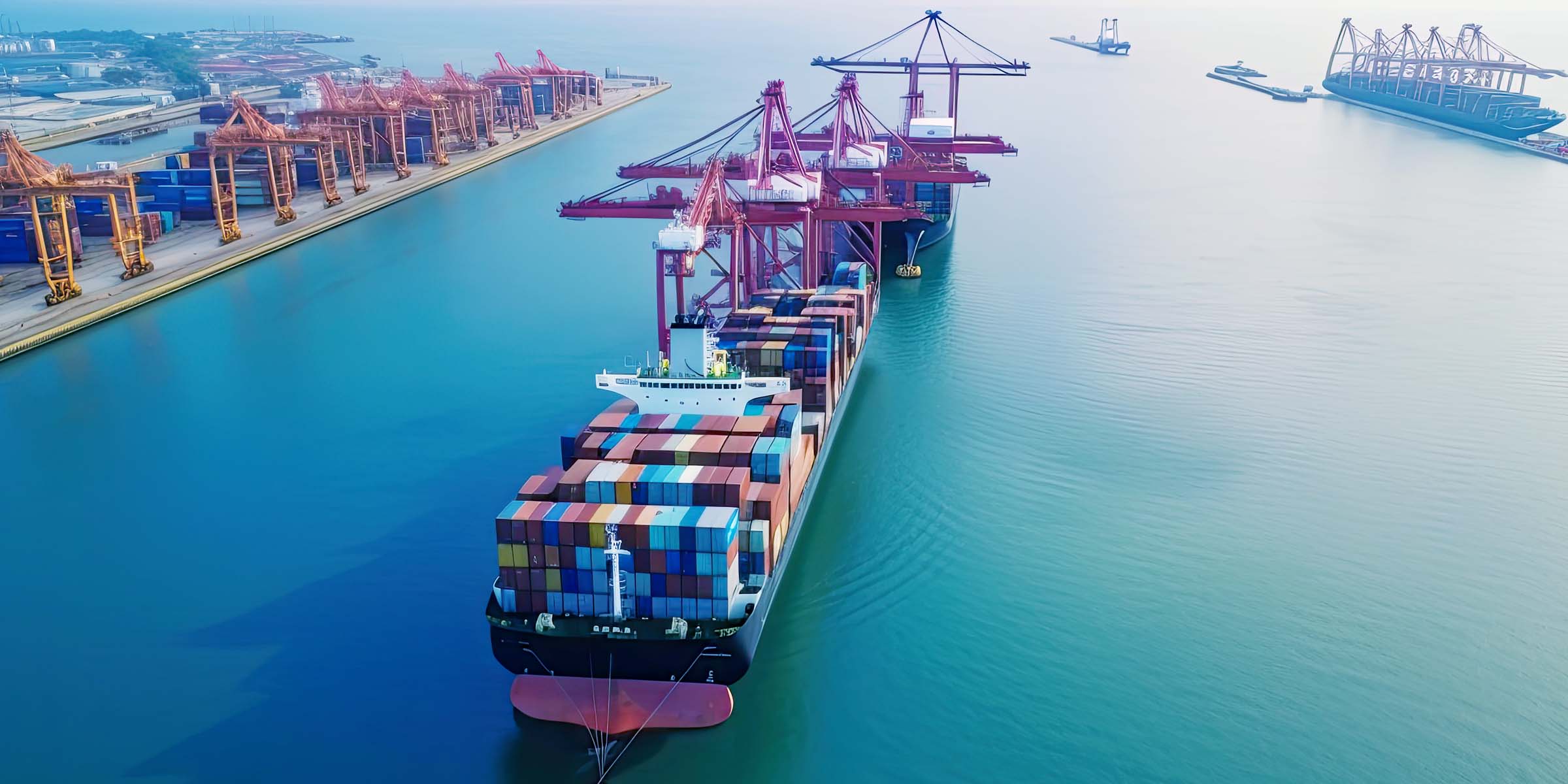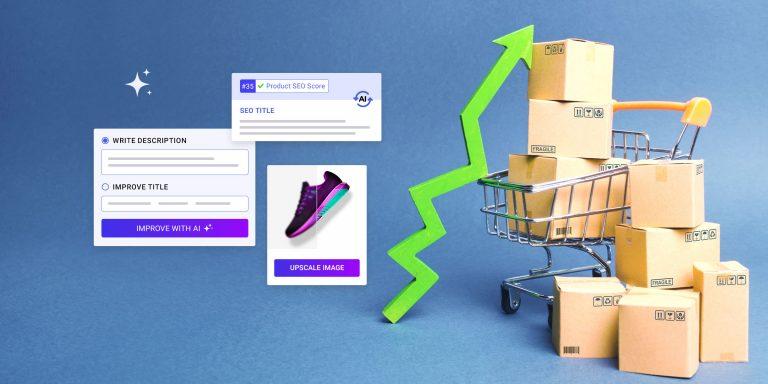The idea of expanding your dropshipping business beyond borders, reaching customers worldwide, and scaling your store sounds amazing, right? But, as with any adventure, it comes with its set of challenges and complexities. Let’s dive into the world of international dropshipping and uncover how to navigate its twists and turns effectively.
Table of Contents
Understanding international dropshipping
Before we get into the complexities of this type of dropshipping, let’s lay down the basics. International dropshipping involves selling products to customers in different countries while relying on suppliers from around the world to fulfill these orders. Unlike traditional ecommerce, you don’t hold inventory; instead, your supplier ships products directly to your customers.
Sounds simple, right? But there’s more to it than meets the eye. Managing an international dropshipping business requires careful planning, understanding global markets, and dealing with logistical challenges. It’s like planning a world tour—you need to know the destinations, the routes, and the best way to get there.
Why go global?
Expanding your dropshipping business to international markets can be a great idea. Yes, at first, it all may seem daunting, the potential benefits can outweigh the challenges. Here are a few important reasons why you should consider international dropshipping.
Expanded market reach
When you limit your business to local customers, you’re essentially fishing in a small pond. But when you go global, you open up an entire ocean of possibilities. Your potential customer base grows exponentially, and you’re no longer restricted by geographical limits. This vast market reach can significantly enhance your sales opportunities. Imagine having the ability to sell your products to billions of people worldwide instead of just a few million in your home country.
Moreover, certain products might have higher demand in international markets compared to your local market. For instance, a unique fashion item or a specialty gadget might be a niche product locally but could be a massive hit overseas. By tapping into these diverse markets, you can find new revenue streams and not be dependent on a single market.
Diverse customer base
Targeting a global audience allows you to gain valuable insights into different consumer behaviors and preferences. Each market has its unique cultural nuances, purchasing habits, and product preferences. By understanding these variations, you can tailor your offerings to meet the specific needs of different customer segments.
For example, you might discover that customers in Europe prefer eco-friendly packaging, while those in Asia are more inclined towards tech-savvy products. These insights can guide your marketing strategies and product development, making your business more adaptable and resilient.
Revenue growth
More customers usually mean more sales and more sales translate to higher revenue. Expanding into international markets allows you to capitalize on the purchasing power of consumers worldwide, significantly boosting your sales potential.
Consider the impact of seasonal fluctuations. While sales might slow down in one region due to seasonal factors, they could be growing in another. For instance, summer products might sell well in Australia when it’s winter in the Northern Hemisphere. By targeting multiple markets, you can achieve a more balanced and stable revenue stream throughout the year.
Brand recognition and credibility
Expanding your business internationally can significantly enhance your brand’s recognition and credibility. Operating on a global scale shows that your brand is reputable and capable of meeting the demands of diverse markets. This increased brand visibility can lead to greater trust among consumers, both locally and internationally.
Competitive advantage
In today’s competitive ecommerce landscape, having a global presence can give you a significant edge over your competitors. While many businesses limit themselves to local markets, expanding globally allows you to stand out and tap into new opportunities. This strategic move can help you stay ahead of the competition and position your brand as a leader in the industry.
As with any new adventure, with such benefits come a few challenges too. Let’s break them down.

Shipping and logistics
Navigating shipping costs
Shipping costs can vary depending on the destination, the size and weight of the package, and the shipping method. Offering free shipping might be to your advantage domestically but can become very expensive internationally. To overcome this, try to find local suppliers that can ship fast and allow you to still offer free shipping.
Delivery times
Customers’ patience is often tested with long delivery times. While domestic shipping might take a few days, international shipping can take weeks. Managing customer expectations is crucial. Communicate estimated delivery times and provide tracking information to keep them informed. To avoid this, find suppliers that are located close to your customers and can ship fast their products.
Handling returns
Returns are a part of ecommerce, but handling international returns can be a nightmare. The cost and logistics of shipping items back across borders can be prohibitive. Establish a clear returns policy and consider partnering with local warehouses or fulfillment centers to streamline the process.
Legal and regulatory challenges
Customs and import duties
Every country has its own regulations regarding customs and import duties. Failing to comply can result in delays, fines, or confiscated goods. Research the customs regulations of the countries you’re shipping to and factor in any additional costs. It’s like navigating a maze—you need to know the rules to find the way out.
If you want to dropship in the USA, here’s a great guide on how to navigate the legalities and set up your business there.
Taxes and compliance
VAT, GST, sales tax—different regions have different tax requirements. Ensuring compliance can be complex but is essential to avoid legal troubles. Consider using automated tax software to handle calculations and filings. It’s like having a map in a foreign city—it guides you through unfamiliar terrain.
For example, if you want to sell products in the UK, here’s a step-by-step guide on how to start a dropshipping business in the UK.
Cultural differences and market preferences
Localizing your store
What works in one country might not work in another. From language to currency, product descriptions to marketing messages, localizing your store is crucial. Use professional translation services and consider local payment options. Think of it as customizing your approach to each market—what appeals to customers in the USA might not resonate with those in Japan.
Understanding consumer behavior
Consumer behavior varies widely across cultures. What drives purchases in one country might not in another. So, make sure you conduct market research to understand local preferences and tailor your marketing strategies accordingly. Just like learning the local customs of a new place, you need to understand the culture to blend in seamlessly.
Finding reliable suppliers
Vetting reliable suppliers
When sourcing products internationally, finding reliable suppliers is paramount. Vet suppliers thoroughly—check their reputation, reliability, and quality standards. Go for the ones that are dependable and won’t let you down halfway.
Building strong relationships
Building strong relationships with your suppliers can lead to better terms, faster shipping, and higher quality products. Communicate regularly and address any issues promptly. Just like nurturing a partnership—you both need to work together to succeed.
Read more: Top 5 things to consider before getting a dropshipping supplier
Managing payments and currencies
Currency fluctuations
Dealing with multiple currencies introduces the risk of exchange rate fluctuations, which can affect your profit margins. Use financial tools to manage currency risk and consider pricing your products in the local currency to provide a better customer experience. So, make sure to account for currency changes to avoid surprises.
Payment gateways
Ensure your payment gateways support international transactions and local payment methods. Popular options include PayPal, Stripe, and local alternatives. Offering multiple payment options can increase conversion rates.
Read more: The right payment methods to set on your dropshipping store

Marketing and customer service
Tailored marketing strategies
Your marketing strategy should be as diverse as your audience. What works in one country might not in another. Use targeted ads, local influencers, and region-specific promotions to engage customers. So, make sure you tailor your message to connect with each audience effectively.
Providing outstanding customer service
Providing excellent customer service across different time zones can be challenging but is crucial for maintaining customer satisfaction. Use chatbots, offer email support, and consider hiring local customer service representatives. All customers appreciate prompt and helpful responses.
Leveraging technology
Automation tools
Automation can simplify many aspects of international dropshipping. From order processing to inventory management, use tools to streamline operations, such as AppScenic, our dropshipping automation platform.
Analytics and reporting
Use analytics to track performance across different markets. Understand what’s working and what’s not, and adjust your strategies accordingly. Documenting your journey helps you learn and improve.
Final thoughts
Going global with your dropshipping business can open up a world of opportunities, from expanded market reach and diverse customer base to significant revenue growth and competitive advantage. With careful planning, thorough market research, and strategic execution, you can navigate the complexities of international dropshipping and build a thriving global business.











